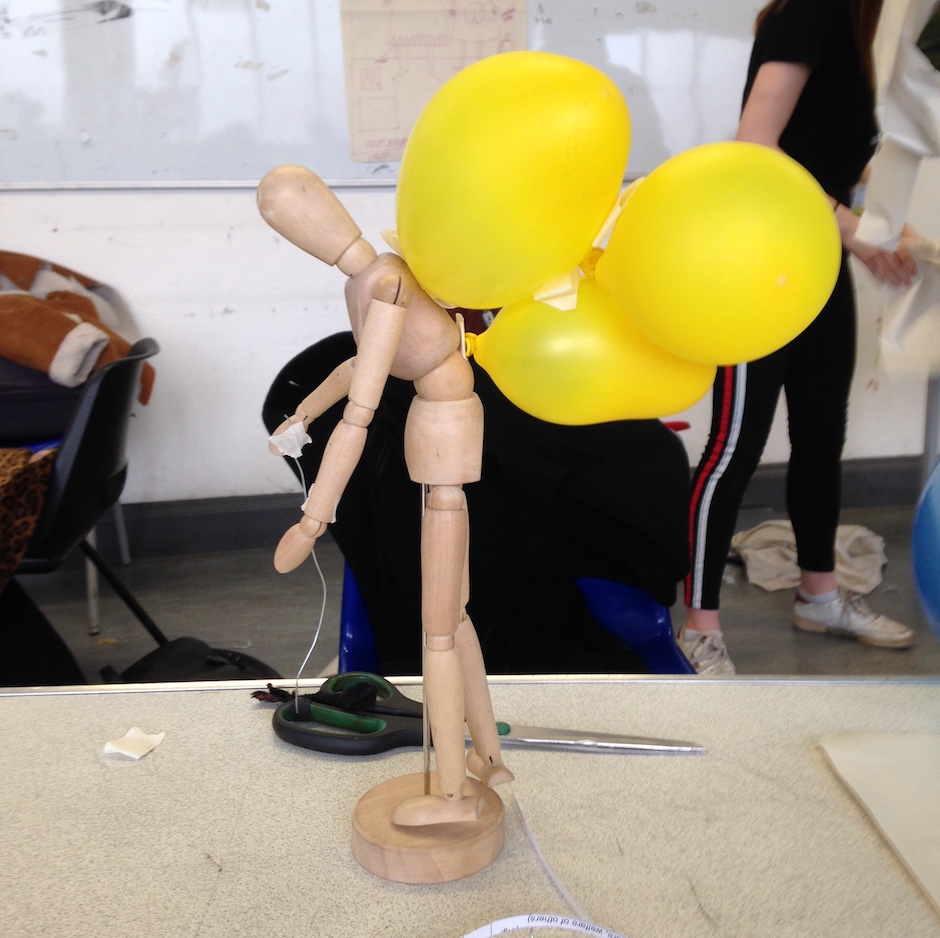Live assessment models

Contextual Background
Our department has just started a transition towards live assessments for most units. This change is intended to make assessment clearer and more accessible for the student and the marking workload less cumbersome for staff.
As Madar notes in his article:
” universities being increasingly encouraged to implement innovative assessment methods, the emphasis is on those methods, which will specifically prepare students with the ‘skills’ that are widely sought after by employers. Pecha Kucha is one such method that can benefit students within and beyond higher education. Madar P ( 2018)
This Pecha Kucha assessment method involves presenting 20 slides in 7 minutes, alongside a display of physical outcomes. There is a moment for the review of these objects as well as questions and answers, after which the student leaves and the staff mark the work and type up their feedback. It is a pass/ fail unit so there is a greater emphasis on feedback.

Evaluation
Being able to communicate ones ideas concisely with visual and physical aides is an incredibly useful skill for designers who present work in a range of different situations. The challenges for me lie more in creating feedback in response:
- Being able to write up feedback within the given time frame
- Being able to view material presented in enough detail
- Being able to absorb the students work, take notes and remember the students’ responses to questions. There is a recording made but it wasn’t always ready to review straight away
- Ensuring that the student feels welcome and secure enough to represent themselves to the best of their ability
Our first tranches of live assessment were largely deemed successful, but not without points of stress. These were centred on the set up and preparation of the spaces, and the composition of feedback against a nominal clock. I found this challenging for a long unit where the student is asked to distill 14 weeks work into a 20-minute presentation. I was also daunted by the task of creating relevant, detailed feedback, maintain parity and working to phrase a response.

Moving forwards
Going through this process for the first time has generated some interesting learning and reflection for me as an individual and for the department as a whole:
- Assessing in pairs was very helpful. Having a sounding board and being able to divide up the material being surveyed meant that this was covered in more detail. Levels of staffing are a challenge for live assessments but teams of at least two are very helpful for in built moderation, support and efficient assessment.
- Staff could play to their strengths in terms of writing and composing sentences or dictating and discussing. Generally, one person took on the role of writing, though we did rotate teams so that roles could change in different teaching partnerships. I found that I could work in either role, responding to the needs of my partner if they had a strong preference. I learnt some valuable lessons in phrasing and brevity watching my colleagues compose written feedback.
- I shared with my colleague a strong instinct to give the student a sense of the quality of their work. We agreed not to make any indication to the student of how they were doing in the moment, but to be generally encouraging.
- Running tutorials in Petch Kutcha style meant that all the students had a good grasp of the format : their confidence had definitely grown through the practice

In future it would be good to try:
- Looking at increasing the time frame within with feedback is written- this has a knock-on effect in terms of the overall time the process needs but would stop assessors falling behind
- Developing a guide for verbal responses, and potentially a set of questions for the unit that the assessors could draw from to ensure a parity of experience
- Refining the way we brief students so there is a clarity of expectation in terms of what the tutors will tell them at the assessment. If there is a joint understanding that no indication will be given of a grade that would help both tutor and student to maintain a “poker face” and enable the tutor to be welcoming and reassuring without this being misconstrued.
We will have our next round of assessments in a month or so and are gathering reflections to help inform adaptations. In the mean time, first indications are that it benefits most students and that in itself is an excellent reason to persevere. As Madar observes :
” the PechaKucha format has helped students to ‘overcome speech anxiety by centring attention on the short length of time they have for each slide instead of thinking about how long they have to talk.’ This coincides with the thoughts of the students I assessed whose first language was not English which points to the universal appeal of this method and endorses the idea that ‘everybody has the capacity to be a good communicator’ (Neimtus, 2017).” Madar P ( 2018)
Bibliography
Madar, P. ( 2018) Assessing the student: The Pechakucha approach PDF New vistas University of West London https://uwlpress.uwl.ac.uk ( Accessed March 2025)
Neimtus, Z. (2017) ‘Students: how to work out what you’regood at.’ Guardian. 08 August. Online: https://www.theguardian.com/education/2017/aug/08/students-howto-work-out-what-youre-good-at (Accessed September2017)

